I try to write an export of an 3-d plant modelling software to Three.js but got stuck with the rotations and translations of the objects.
So far I tried to use quaternions and transformation matrices but both results are not satisfying. For my tests I use a simple binary tree that originally looks like this:
the results of my export are this:
You can find the code of both export under
http://ufgb966.forst.uni-goettingen.de/three/test2Quaternion.html
http://ufgb966.forst.uni-goettingen.de/three/test2Matrix.html
It seams that my rotations are made around the wrong point. Each rotation should be done around the origin of each geometry. What would be a method to achieve the result I'm looking for?

